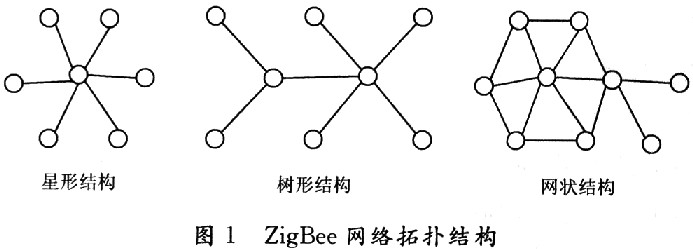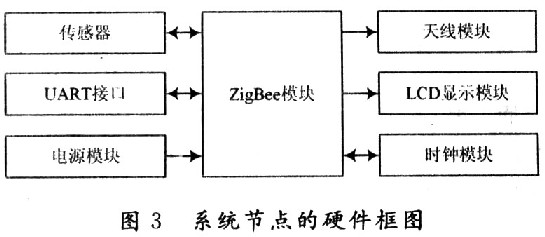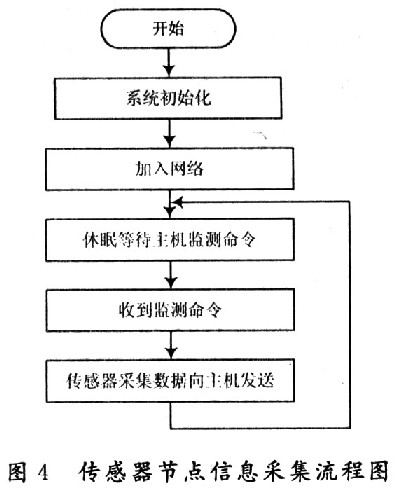China is a large maritime country with a marine area of ​​one-third of the land area. All types of boats occupy a very important position in national defense, national economy and marine development. The basic part of the boat is the hull, which has cabins for various purposes such as work cabins, living cabins, storage compartments, and instrument equipment compartments. In-cabin fire safety monitoring is particularly important because the cabins of the boats are mostly semi-enclosed spaces.
The traditional boat cabin fire safety monitoring system generally adopts wired monitoring mode, and the fire detector is directly connected to the controller through a hard wire. Wired monitoring systems are expensive, complicated in wiring, poor in scalability, and difficult to maintain in the later stages of equipment. At present, wireless sensor networks have been widely used in monitoring systems of various environmental conditions. The monitoring system of the cabins of the boats uses wireless sensor networks, and there is no inconvenience caused by the traditional wiring method. Since fire safety is a long-term continuous monitoring, ZigBee is a suitable short-range wireless communication technology with simple installation and low energy consumption. This paper proposes a design scheme of the ship fire safety monitoring system based on ZigBee technology. Under the premise of low cost and easy realization, the fire safety monitoring of each cabin interior of the boat is realized.
1. ZigBee Wireless Sensor Network
1.1 Introduction to ZigBee Technology ZigBee is a low-complexity, low-cost, low-power, low-rate short-range two-way wireless communication technology. It is a reliable physical layer (PHY) based on IEEE 802.15.4. And standards above the Media Access Layer (MAC). IEEE 802.15.4 defines two types of devices: Reduced Function Devices (RFI) and Full Function Devices (FFD). In the ZigBee system, these two types of devices refer to physical device types. In a ZigBee network, a node can have three roles: a ZigBee coordinator, a ZigBee router, and a ZigBee terminal device. There are three types of network topologies that ZigBee technology can implement: star, tree, and mesh, as shown in Figure 1.

This article refers to the address: http://
1.2 ZigBee technology features ZigBee technology is the lowest power and lowest cost technology compared to traditional wireless, microwave, Bluetooth, RF and other wireless communication methods. ZigBee technology mainly has the following characteristics:
(1) Low power consumption. In the low power mode, the usage time of two ordinary 5th batteries is 6 to 24 months.
(2) The equipment cost is low, the agreement is simple, the agreement is free of patent fees, and the cost of setting up the platform is low, which is suitable for widespread use.
(3) The network capacity is large and can accommodate up to 65 000 devices.
(4) The network has self-organization, self-healing ability and reliable communication.
2 Boat cabin fire safety monitoring system
2.1 System design scheme The principle of detecting the fire occurrence of the ship fire safety monitoring system is to detect the changes of the three physical parameters of smoke concentration, temperature and light before and after the fire, and collect these environments by using the sensor nodes distributed in the area to be tested in the cabin. parameter.
The design of the ship fire safety monitoring system consists of two parts: hardware circuit design and system software design. Use ZigBee technology to build a wireless communication network through the controller and several sensor nodes. A plurality of sensor nodes are placed in each cabin of the boat, and the smoke concentration, humidity, and light intensity data are collected by the sensor, and the collection result is transmitted to the router node by wireless communication, and then the router node sends the data to the router by wireless communication. Coordinator node. The coordinator node analyzes and processes the collected data and displays it on the LCD display. It can also transmit the collected information to the PC through the serial port. The main structure of the system design is shown in Figure 2.

2.2 Functional Module Design The ZigBee device selected by Jennic is JN5139 ZigBee solution, which provides complete ZigBee protocol stack, software editing, compiling/linking, debugging, downloading and other tools. The JN5139 chip is a series of high-performance, low-power wireless chips from Jennic, UK. The chip antennas provide high resolution, low power consumption and long communication distance, which provides a good solution for ZigBee technology. The system node block diagram is shown in Figure 3.

ZigBee Network Coordinator Module Device The onboard UART interface is used to connect to an embedded motherboard or PC for data transfer and software download or debugging. As a network coordinator, responsible for managing the formation and maintenance of the entire ZigBee network. The sensor node/routing module device is powered by two 5th batteries and provides an analog sensor and digital sensor expansion interface for connecting smoke density, temperature, and light intensity sensors. As a routing node or terminal node, it can collect data itself and forward data packets of other nodes.
2.3 System Software Design The software platform also uses Jennic CodeBlocks, the code editing and compilation environment provided by Jennic. CodeBlocks is an open source C/C++ development tool that Jennic has developed based on this tool to form its own development platform. The Jennic Flash Programmer program is used to download the compiled code from CodeBlocks to the controller board or sensor board.
The software design of the system includes the design of network coordinator nodes and sensor nodes. The network coordinator node finds a suitable channel during the initialization process, establishes a network, and cyclically detects the binding request of the sensor node. When the sensor node joins the network, data can be transmitted. The software flow chart of the sensor node is shown in Figure 4. The main function of the program is to add the sensor node to the wireless network established by the network coordinator node, read the loop-parameter parameter data measured by the sensor in real time, and periodically send the data to the network coordinator node.

3 Conclusion A design and implementation method of ship fire safety monitoring system based on ZigBee with JN5139 module as the core is proposed. The ZigBee low-power, high-reliability, and scalable wireless network is applied to fire safety monitoring, avoiding various field wiring, enhancing system flexibility and reliability, and improving ship fire safety monitoring capability. To better avoid the occurrence of boat fires.
BBQ Grill,Fashion Barbecue Grill,Stainless Steel Grill,Smokeless BBQ Grill
Shaoxing Haoda Electrical Appliance Co.,Ltd , http://www.zjhaoda.com